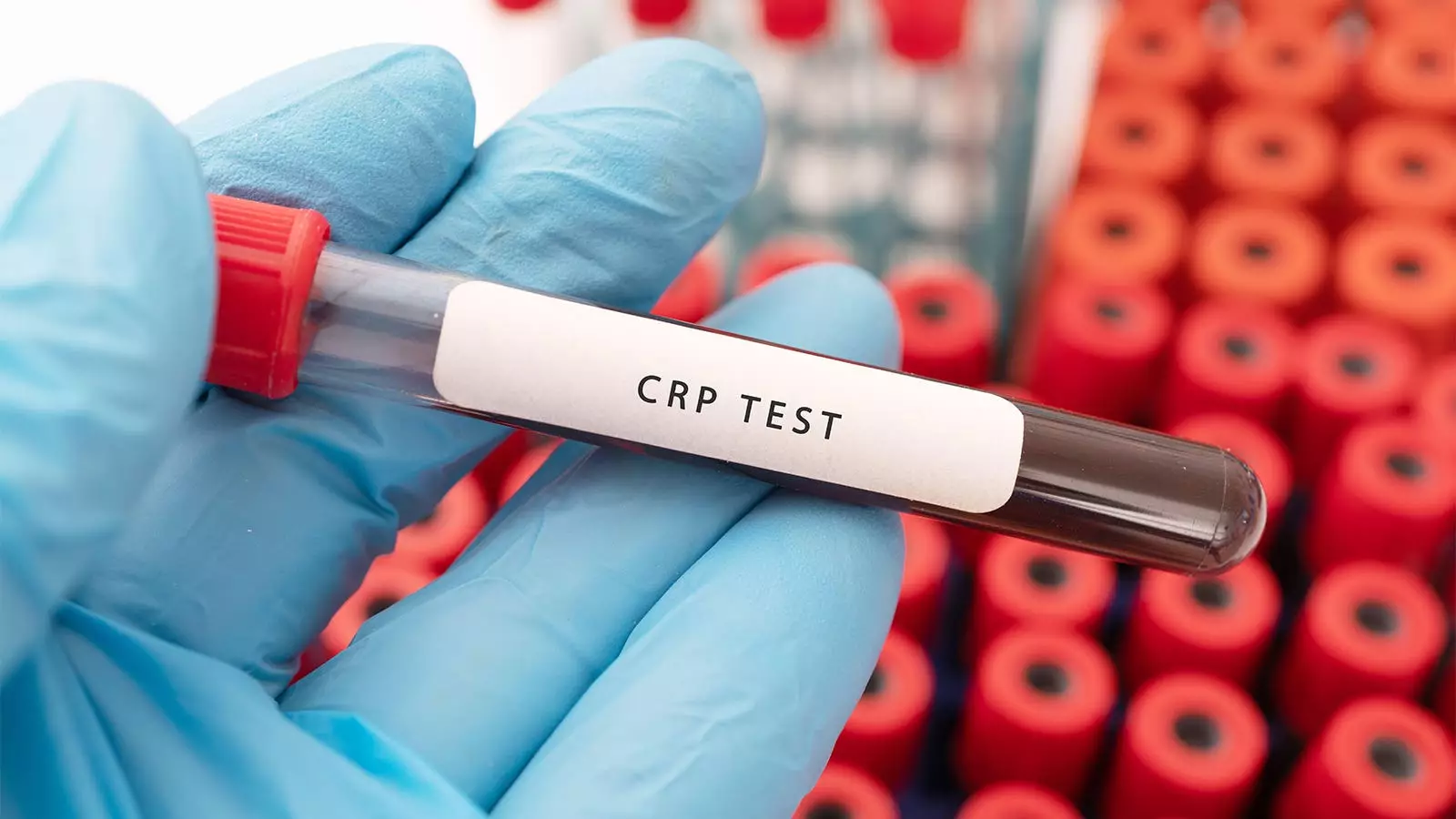Hidradenitis suppurativa (HS) is a chronic inflammatory skin condition characterized by painful lumps and abscesses, predominantly affecting areas with apocrine glands such as the underarms and groin. The condition can significantly impair the quality of life, making effective treatment crucial. Adalimumab, sold under the brand name Humira, is a biologic drug that has emerged as a primary treatment option for moderate to severe HS. Despite its benefits, not all patients respond equally, prompting researchers to explore potential predictors of treatment efficacy.
A post hoc analysis of the PIONEER I and II trials has shed light on the potential role of C-reactive protein (CRP) as a biomarker for predicting how well patients might respond to adalimumab. According to the study led by Dr. Alexa B. Kimball and her team, patients presenting with elevated serum levels of CRP—greater than 0.30 mg/dL—were found to have a significantly lower probability of achieving clinical response after a 12-week treatment period. Specifically, the odds ratio (OR) for these patients was noted to be 0.53, suggesting they were less likely to benefit from the medication compared to those with normal CRP levels.
While adalimumab still showed efficacy in patients with elevated CRP levels, the clinical response was markedly lower, suggesting that those with a higher baseline inflammatory burden might require alternative treatment strategies or dosages for optimal outcomes. Furthermore, an increase in CRP levels appeared to correlate with a diminished likelihood of clinical success, complicating treatment planning for affected individuals.
The implications of this study resonate deeply with clinical practice, as CRP is a widely accessible marker for systemic inflammation. Notably, CRP levels align with body mass index (BMI), a crucial factor given that obesity often exacerbates inflammatory skin conditions. Dr. Danilo C. Del Campo noted that while systemic inflammation and obesity are interconnected, he does not typically use CRP levels as a decisive factor for determining initial treatment dosages of adalimumab. Instead, his approach is to initiate treatment at the FDA-approved dose while monitoring response closely over time.
This finding sparks a broader conversation about the need for personalized medicine in treating HS. Notably, with the incidence of biologic treatment failures remaining alarmingly high, the quest for biomarkers such as CRP could guide clinicians in making informed decisions about which patients are more likely to experience therapeutic success.
Despite the revelations from the study, predicting treatment response in HS remains an elusive endeavor. Dr. Steve Daveluy emphasized that the unpredictability of patient response to adalimumab is an ongoing challenge, compounded by the complexities inherent to HS itself. He pointed to previous research indicating that higher blood monocyte levels might also correlate with a decreased likelihood of beneficial responses to this biologic therapy.
Such findings underline the multifaceted nature of HS, where clinical outcomes are influenced by a variety of biological markers, underlying conditions, and individual patient characteristics. This variability further complicates the landscape of treatment, suggesting a need for ongoing research to better delineate which patients might benefit from which specific interventions.
As clinicians grapple with the nuances of HS management, the analysis encourages a thoughtful consideration of alternative treatment pathways for those with elevated CRP levels. Suggestions stemming from the research include weight-based dosing protocols, vigilant monitoring of drug levels, and the exploration of other biologics when faced with inadequate response. Dr. Del Campo’s approach of combining biologics with adjunct therapies like spironolactone or metformin reflects the growing trend of treating HS not merely as a localized skin issue, but as a systemic inflammatory condition requiring comprehensive management.
Researchers have noted the necessity for future studies to further explore the parameters at which diabetic therapies, including GLP-1 agonists, could also play a role in managing patients exhibiting high CRP levels and obesity—an exciting area for innovative treatment options.
The findings related to CRP as a predictive marker for adalimumab treatment efficacy illuminate the complexities of managing hidradenitis suppurativa. They underscore the need for further investigation into individualized treatment strategies that consider inflammatory markers alongside traditional clinical evaluations. As research evolves, the hope is that clinicians will be equipped with the knowledge to tailor interventions that enhance the likelihood of positive treatment outcomes, ultimately improving the quality of life for patients struggling with this challenging condition.


Leave a Reply